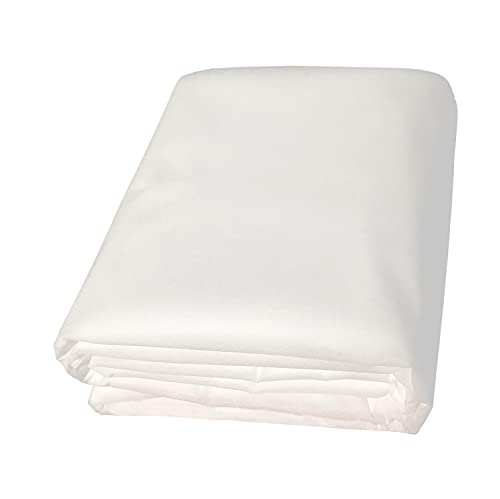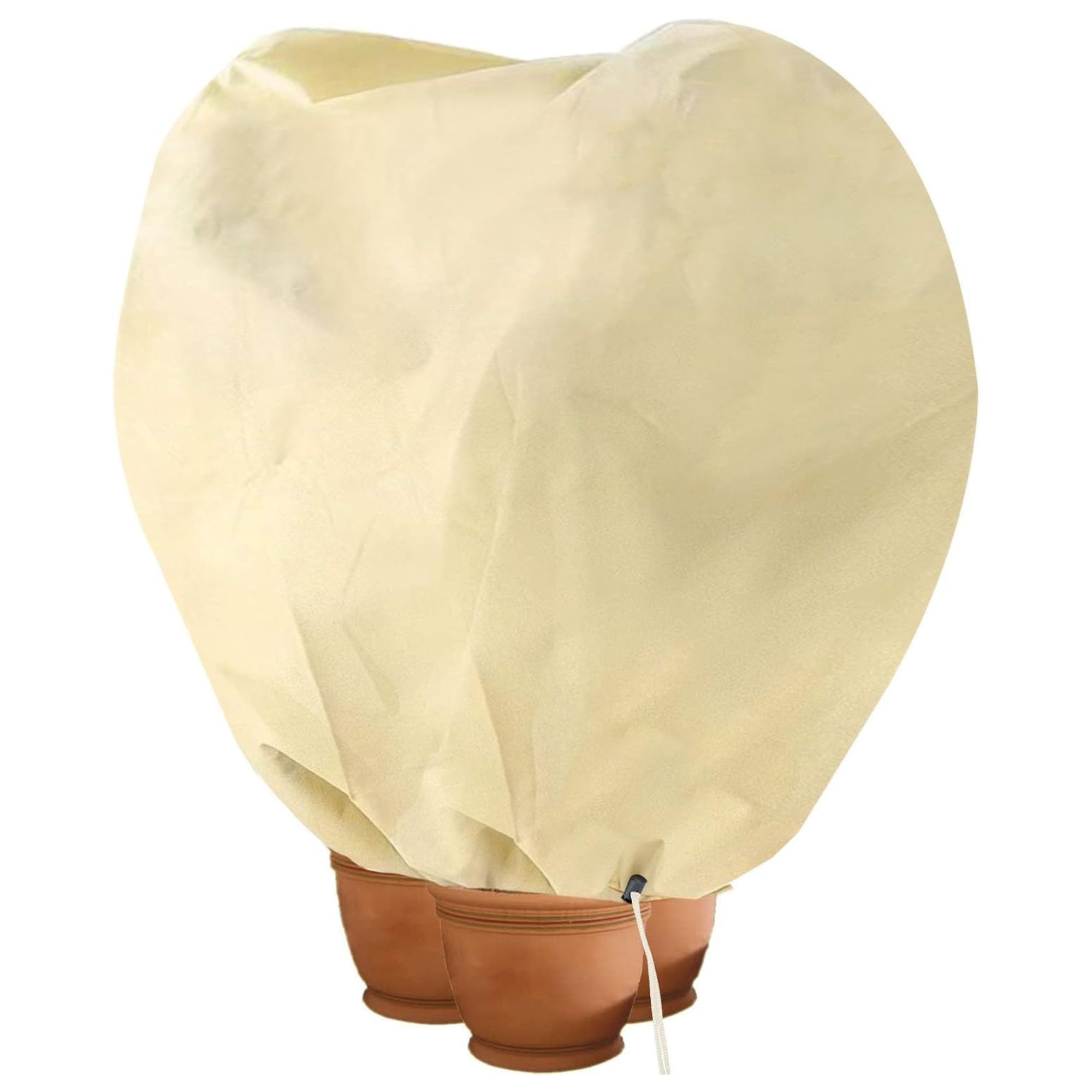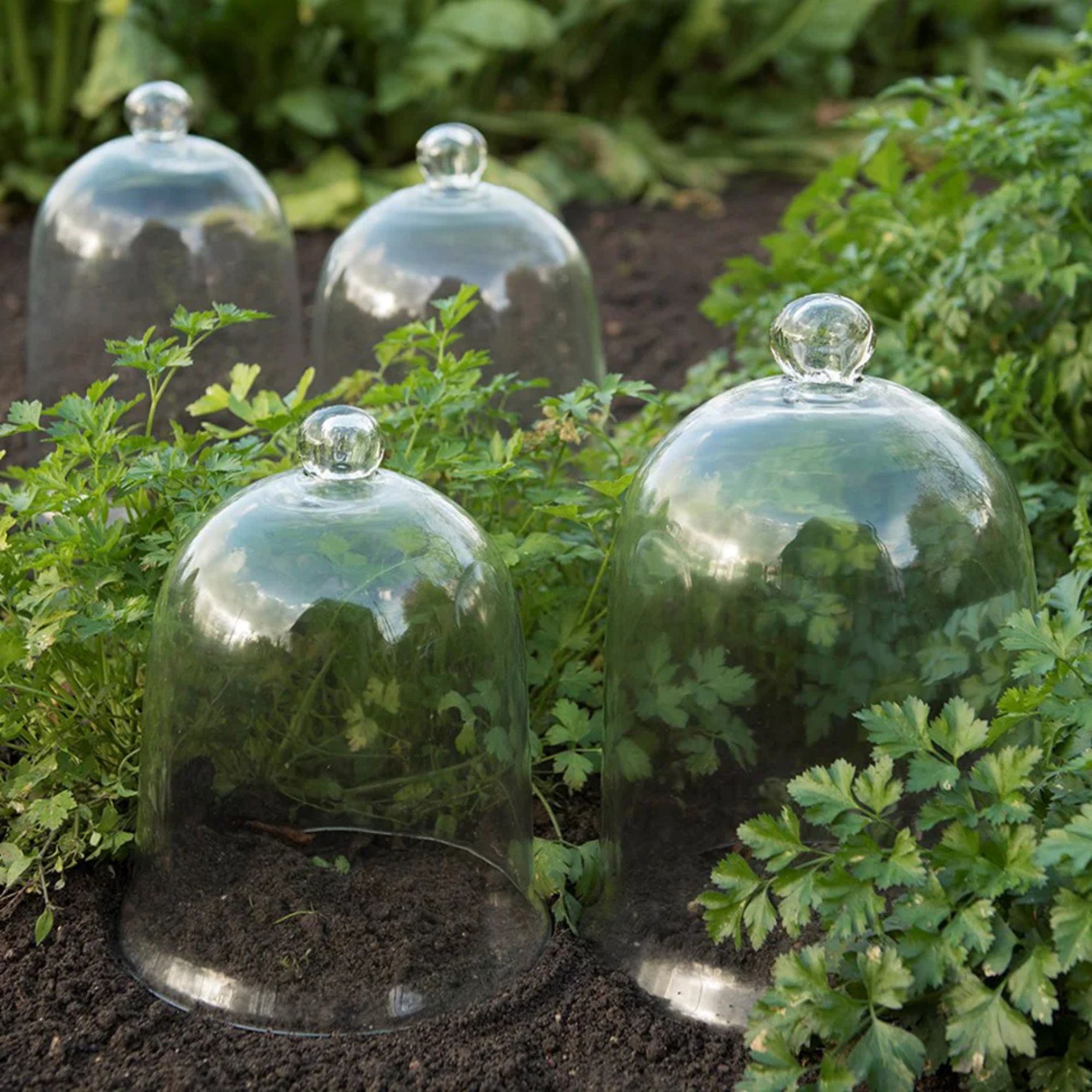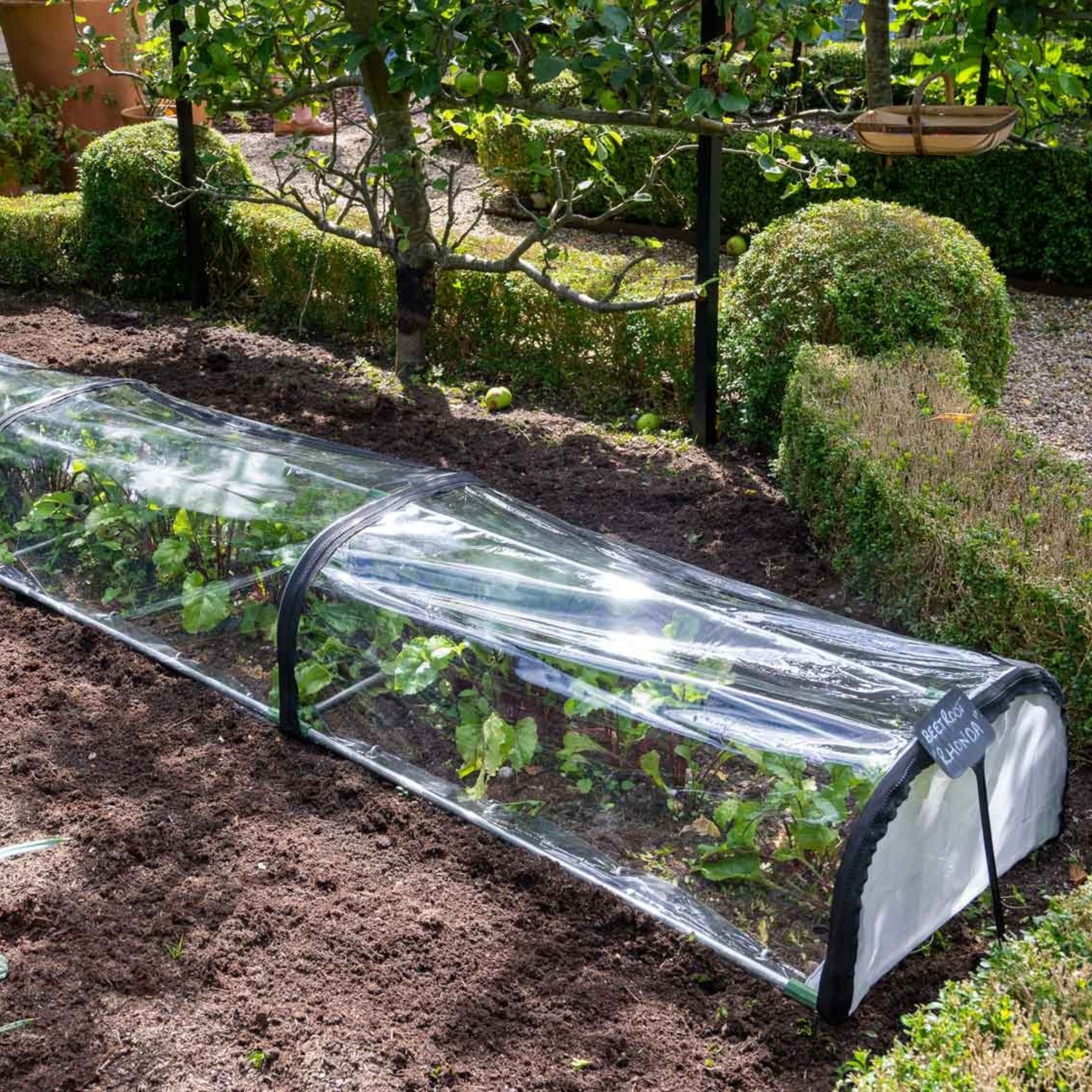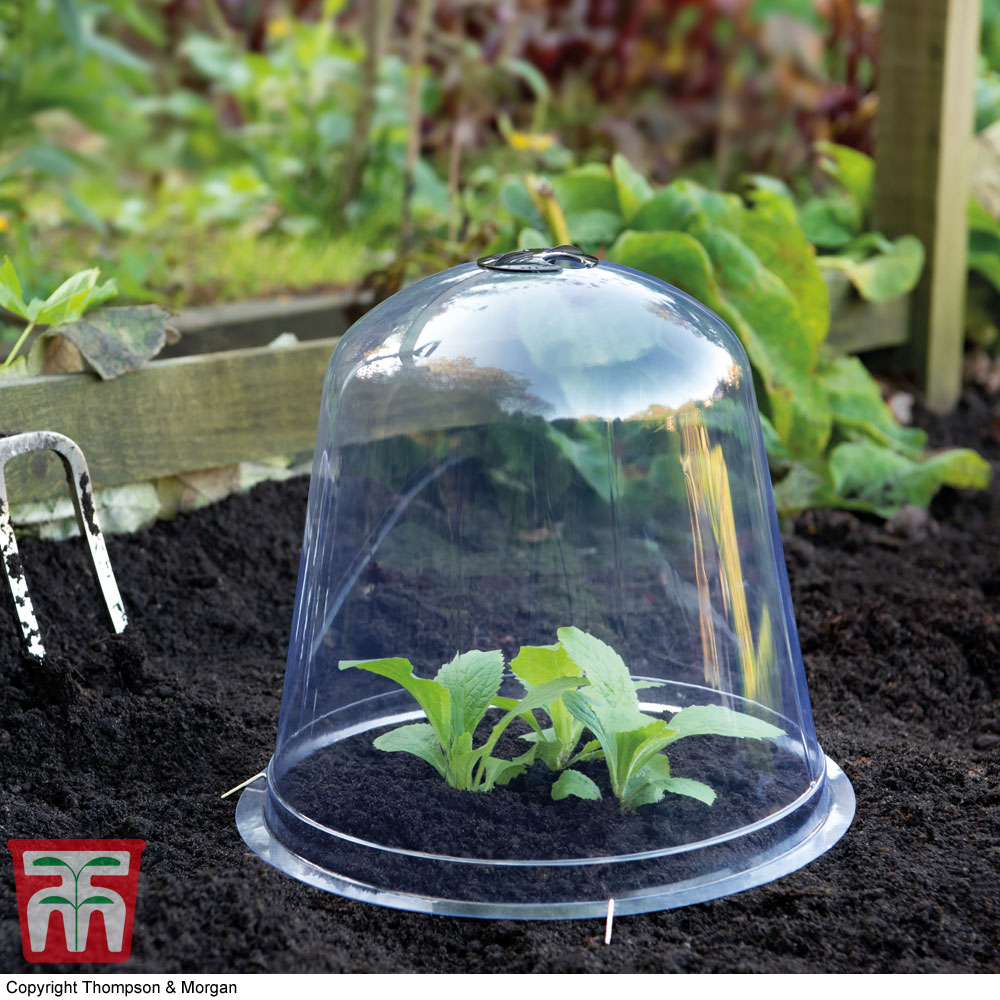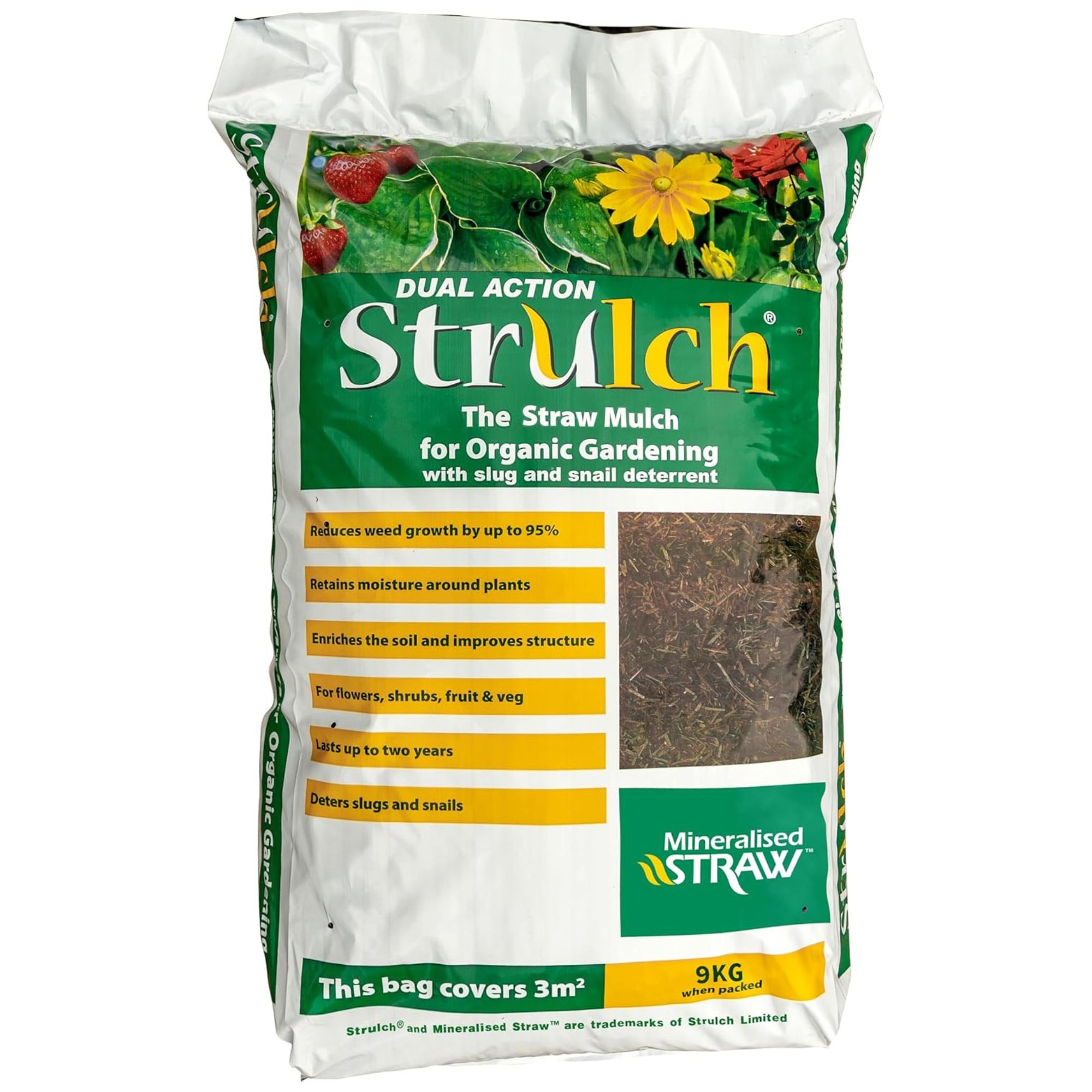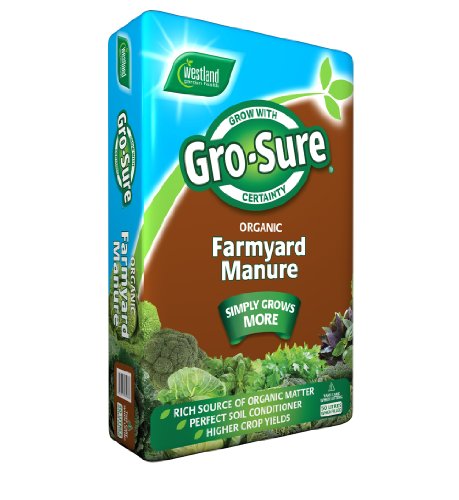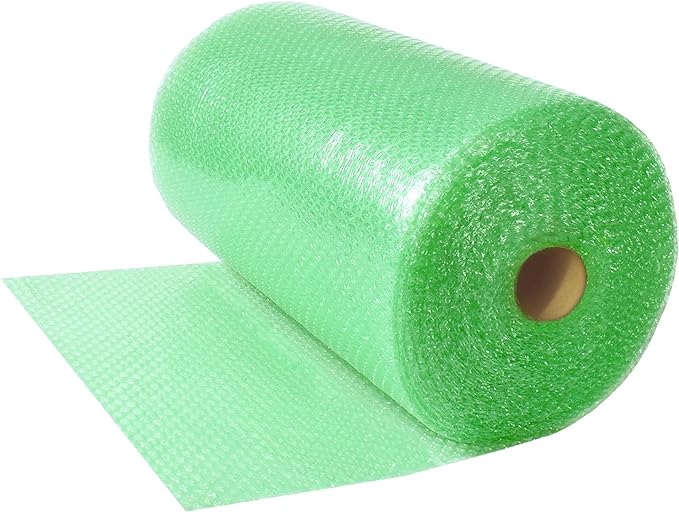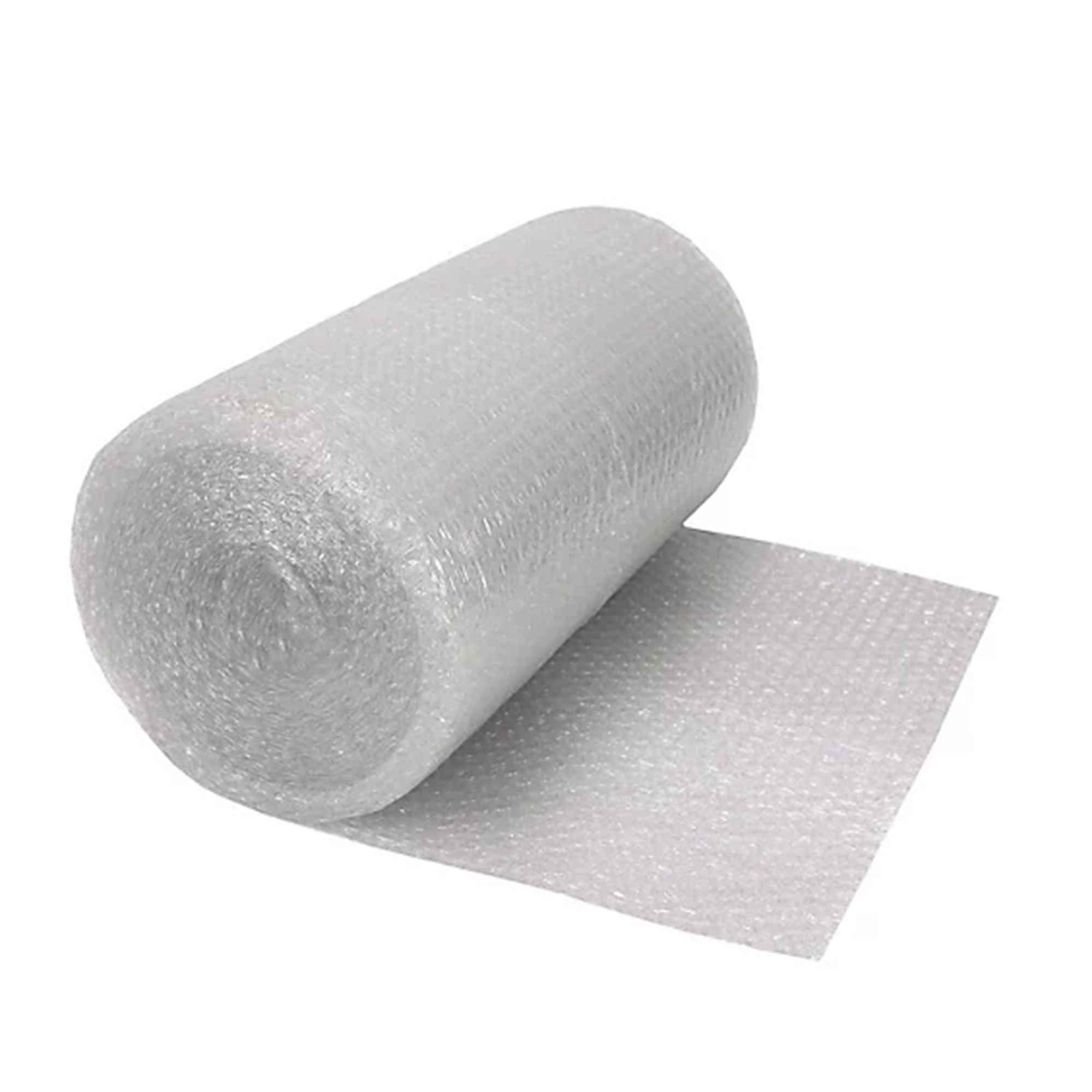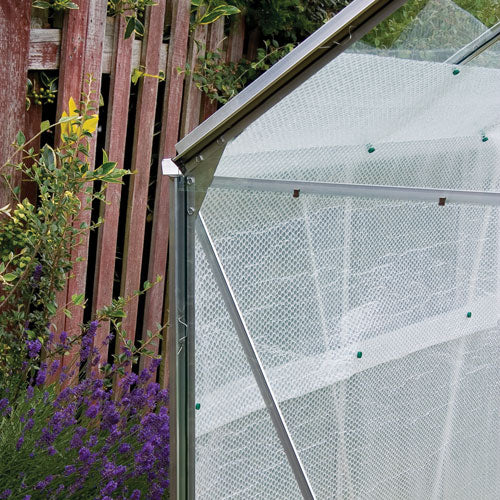Best outdoor plant covers for winter – 6 of the most popular types, and why they're great at protecting plants
If you're looking for top-notch frost protection, try these outdoor plant covers for winter
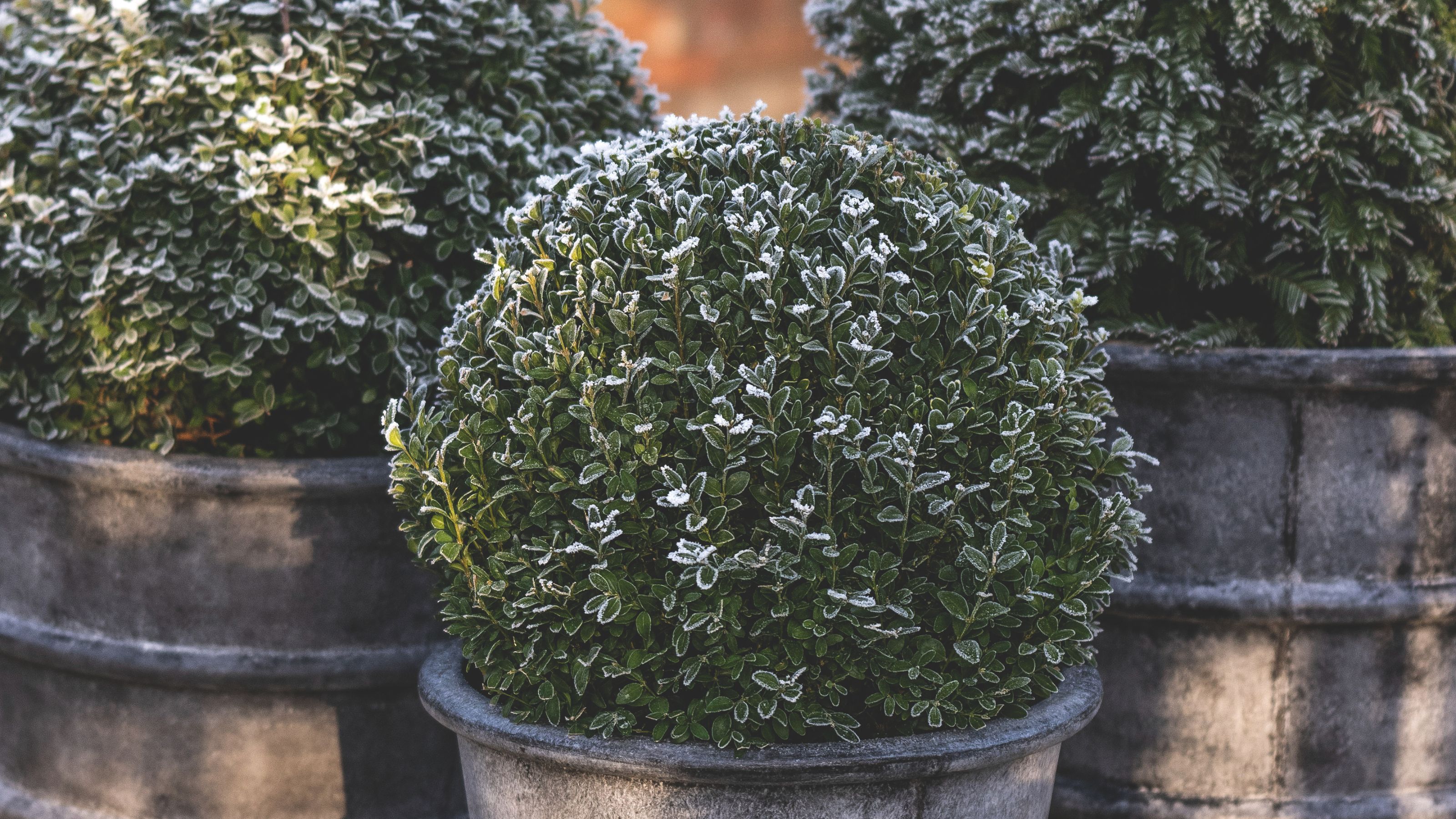

If, like us, you're keen to find the best plant covers for winter since last week's cold snap, you've come to the right place.
Plant covers play a vital role in protecting plants from frost, and they're a must for any gardener looking to overwinter their tender plants. But with so many options available, it's hard to know which style will benefit your plants the most.
That's why we've put together this guide on the best outdoor plant covers for winter. We've included advice from a panel of garden experts to help you secure the best frost protection and see your plants through the winter months.
The best plant covers for winter
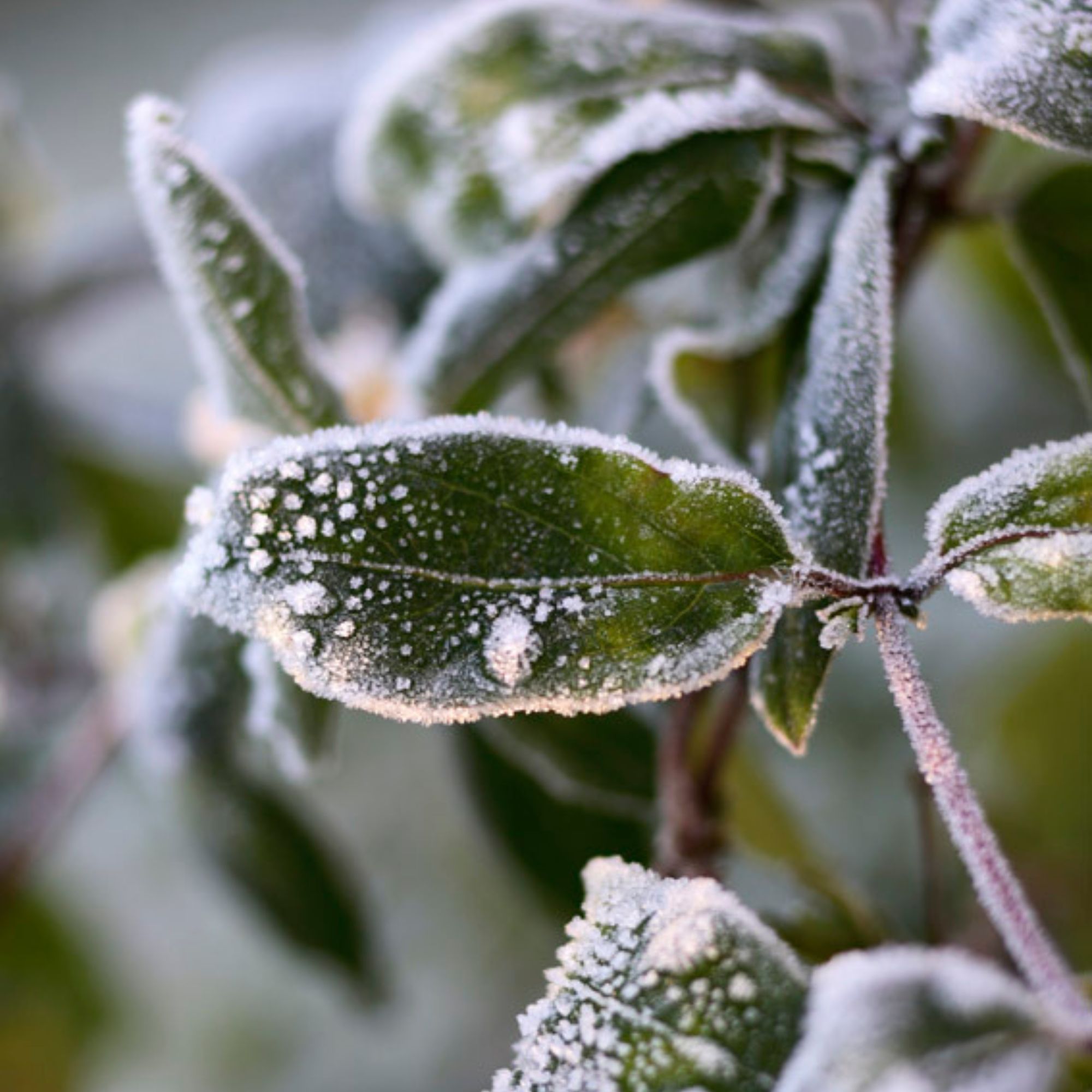
‘Generally, you should start thinking about covering plants for winter before the first frost hits,’ says Jack Sutcliffe, co-founder of shed manufacturer Power Sheds. ‘It's beneficial to protect more delicate plants when temperatures start dropping below freezing or when there's a forecast for extreme cold weather.’
Keep an eye on the weather forecast – when the thermometers hit 0ºC, you should have your covers on or, at least, ready to go.
But first, let's find out what we should use as plant covers for winter...
1. Horticultural fleece
Horticultural fleece is one of the most popular outdoor plant covers for winter, and arguably the most effective. It can be purchased on a roll and used to wrap pots and plants, or as a 'frost jacket', which usually included a drawstring close for easy application.
Get the Ideal Home Newsletter
Sign up to our newsletter for style and decor inspiration, house makeovers, project advice and more.
'Made from lightweight, breathable fabric, horticultural fleece is ideal for protecting delicate plants from frost,' says Josh Novell, garden plants expert and director of Polhill Garden Centre.
It's important that you choose horticultural fleece, specifically, instead of the kind you find in clothes
'Use horticulture fleece and jackets, as these are made of a specialist material that will allow daylight through during the day,' explains Gavin Shaw, category manager at Marshalls Gardens.
Horticultural fleece jackets are available to buy in a range of sizes, and they're easy to remove and reapply.
Where to buy horticultural fleece and frost jackets:
2. Cloches
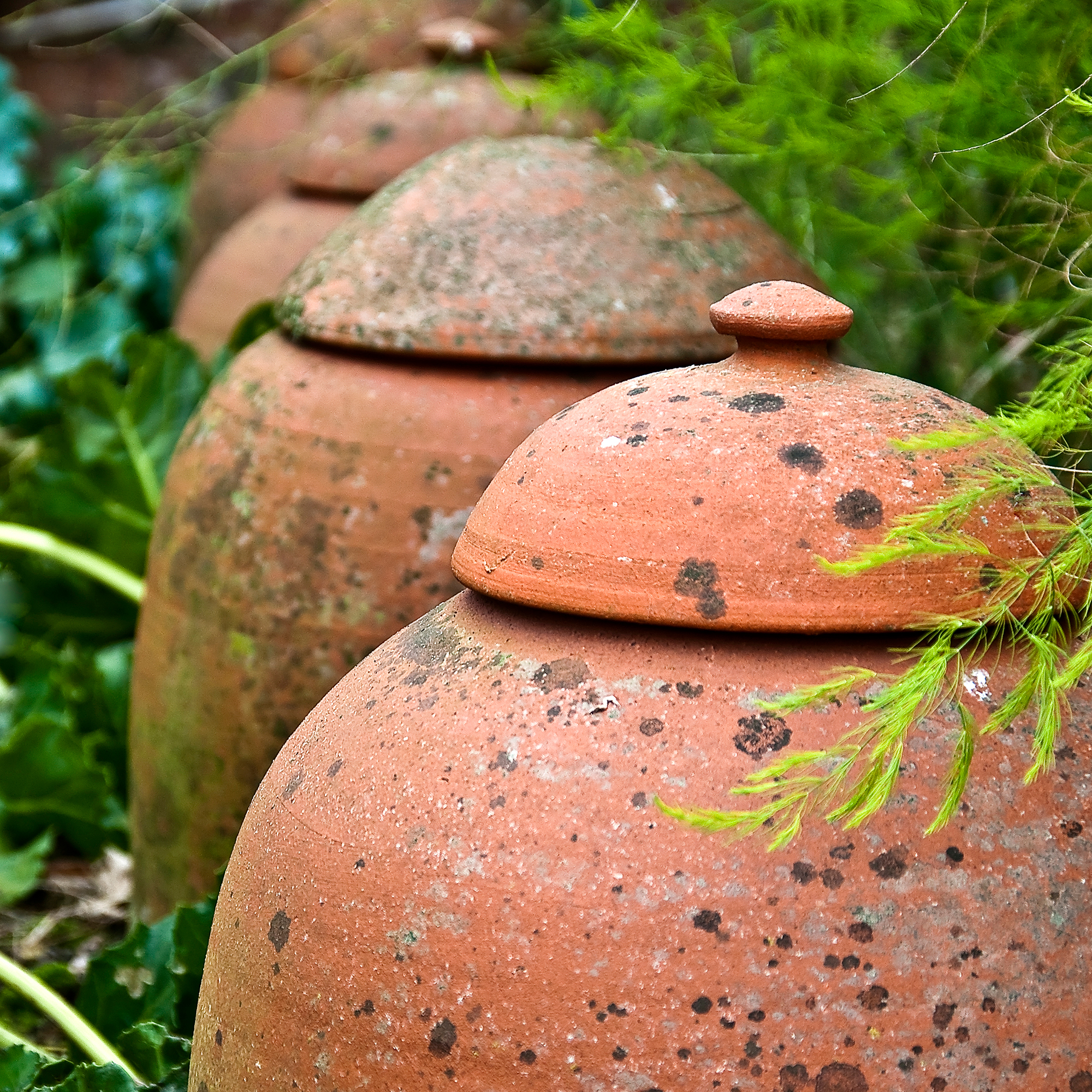
Cloches are excellent outdoor plant covers for winter. You might think of them as traditional glass bell-shaped covers, but they come in a range of shapes and sizes.
'Many people will be familiar with cloches from gardening TV shows,' says Josh. 'They're great for protecting individual precious plants.'
If you don't have a cloche and you're on a budget, there are plenty of DIY cloche ideas to experiment with.
'With herbaceous perennials in the garden, cut them back then make a cage with chicken wire around the shrub, stuff straw or hay into the wired area and finish by wrapping up in horticultural fleece, advises Matthew Johnson, senior gardener at Borde Hill. 'This technique has helped us to get tender salvias through tough winters.'
Where to buy cloches:
3. Mulch
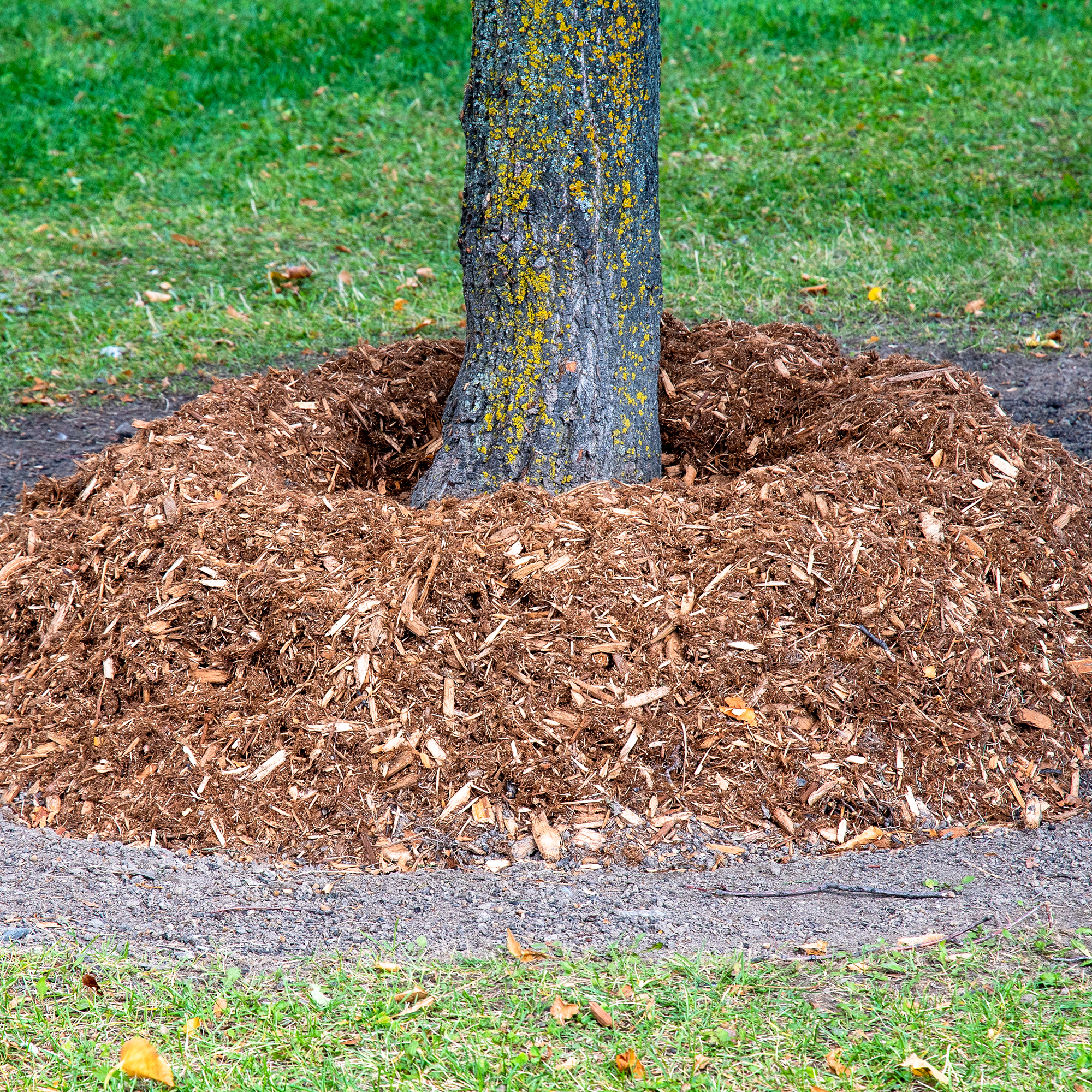
Learning how to protect plants with mulch is one of the best things you can do for your garden – it seals warmth, moisture and keeps the roots nicely protected. That's why it's one of the best outdoor plant covers for winter.
'Using mulch like compost, straw or even bark chip will help to protect against the worst of the winter wet and cold,' says Matthew from Borde Hill. 'If you're already using horticultural fleece, combine this method with an added layer of mulch around the base of the plant.'
Mulching might not seem like a conventional plant cover, but it's a brilliant way to protect plants naturally and enrich the soil at the same time.
'Apply a thick mulch layer before the first hard frost hits, and then again when the last frost passes in spring,' advises gardening expert and author Sarah Raven. 'Tender plants like pelargoniums will be particularly grateful and will hopefully emerge from the cold in good condition.'
Where to buy mulch:
4. Burlap wrap
Burlap is a natural, breathable material that’s perfect for wrapping around young trees, shrubs and perennials.
‘Burlap or frost cloth helps provide insulation and protection against freezing temperatures while allowing some light and air to penetrate,’ says Jack from Power Sheds.
'Old onion sacks or hessian are great options, too,' adds Mark Sage, managing director of Marshalls Gardens.
You can buy hessian wrap from Amazon and a range of other online suppliers.
5. Sheets
In a pinch, grab some old bed sheets and head out into the garden.
'When choosing outdoor plant covers for winter, lightweight materials are best,' explains Andrew White, garden expert at Rhino Greenhouses Direct.
'We understand that not every household has burlap lying around, so old bed sheets and pillowcases also make great covers for plants.'
This option is a great way to upcycle unused sheets you have lying around in the bottom of a cupboard.
'If you have a row of plants needing protection you could always use a piece of fabric such as an old bed sheet to place on top for cover,' adds Chris Bonnet, founder of Gardening Express.
6. Bubble wrap
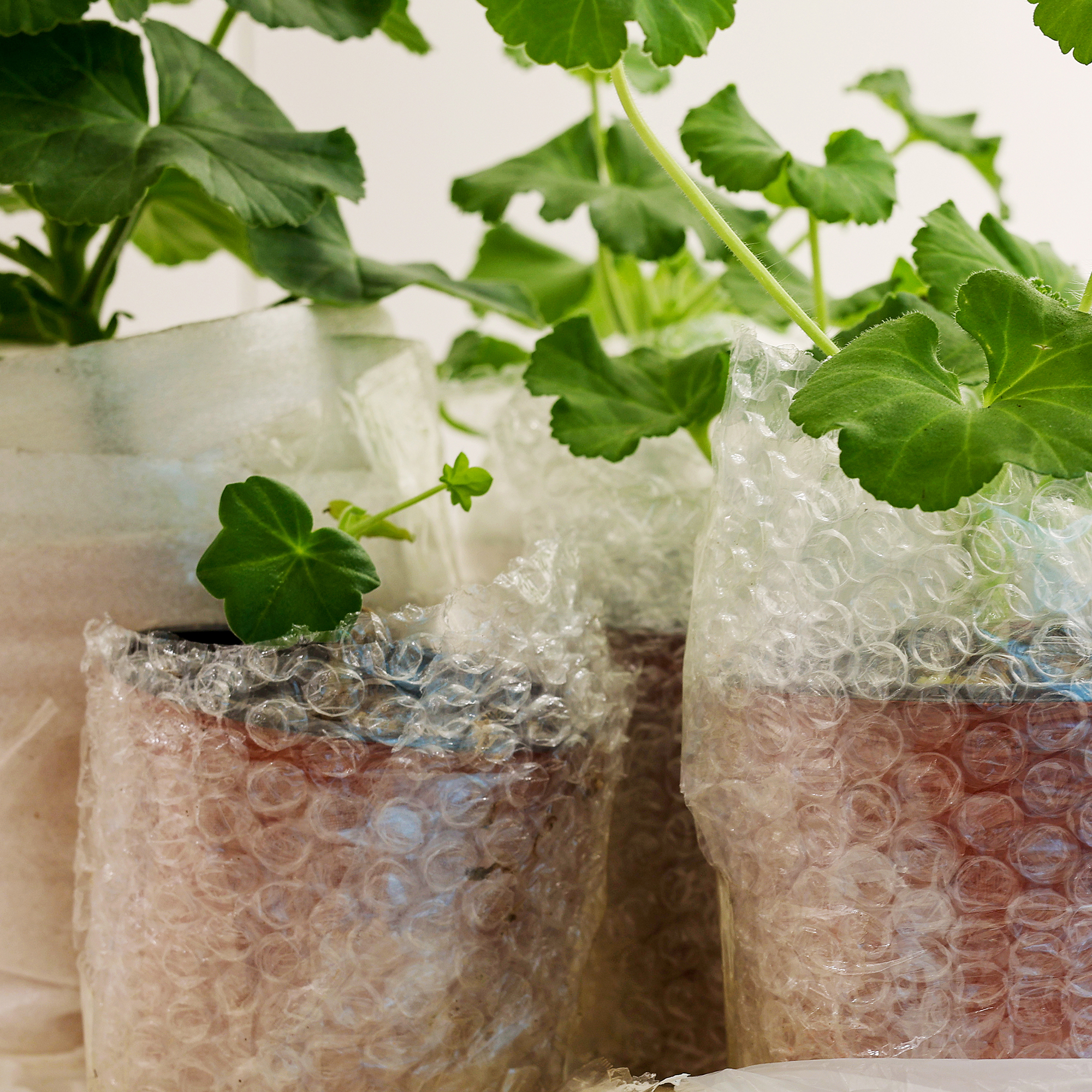
Wondering whether you can protect plants from frost with bubble wrap? Well, we have good news for you if you have some going spare – bubble wrap makes a fantastic plant cover when used correctly.
'Environmentally-friendly bubble wrap is a go-to option, but you can use just about anything,' advises Sarah Raven. 'I always make sure to wrap the pots, too, as they can crack if it gets too cold.'
Your greenhouse can benefit from a little wrapping, too. ‘Greenhouse bubble wrap works as an insulating layer so that your greenhouse retains more heat than it otherwise would,’ says Jack from Power Sheds.
Where to buy bubble wrap:
FAQs
When should you put fleece on plants?
For the best winter protection, horticultural fleece should be used to cover or wrap plants ahead of any frosts, ideally a day or so before the first predicted frost. It's usually used throughout late autumn, winter and early spring, or until the last frosts. It's a good idea to remove the fleece during the daytime on milder days to provide the plant with extra ventilation and sunlight.
What materials should you avoid for plant insulation?
It's best to stick to breathable, natural materials when possible.
'Try to stay away from plastic covers, as while they might seem like an easy fix, they can actually cause more harm than good by trapping moisture and promoting the growth of mould,' says Jamie Jones, founder of Open Space Concepts.
With just a little effort, you can ensure that your escape the frost's harm and make it through to spring without hassle.

Sara Hesikova has been a Content Editor at Ideal Home since June 2024, starting at the title as a News Writer in July 2023. She is now also the Ideal Home Certified Expert in Training on Furniture, and so far has tested 80 different sofas.
Graduating from London College of Fashion with a bachelor’s degree in fashion journalism in 2016, she got her start in niche fashion and lifestyle magazines like Glass and Alvar as a writer and editor before making the leap into interiors, working with the likes of 91 Magazine and copywriting for luxury bed linen brand Yves Delorme among others.
- Thea Babington-StittManaging Editor
- Sophie KingGardens Editor
-
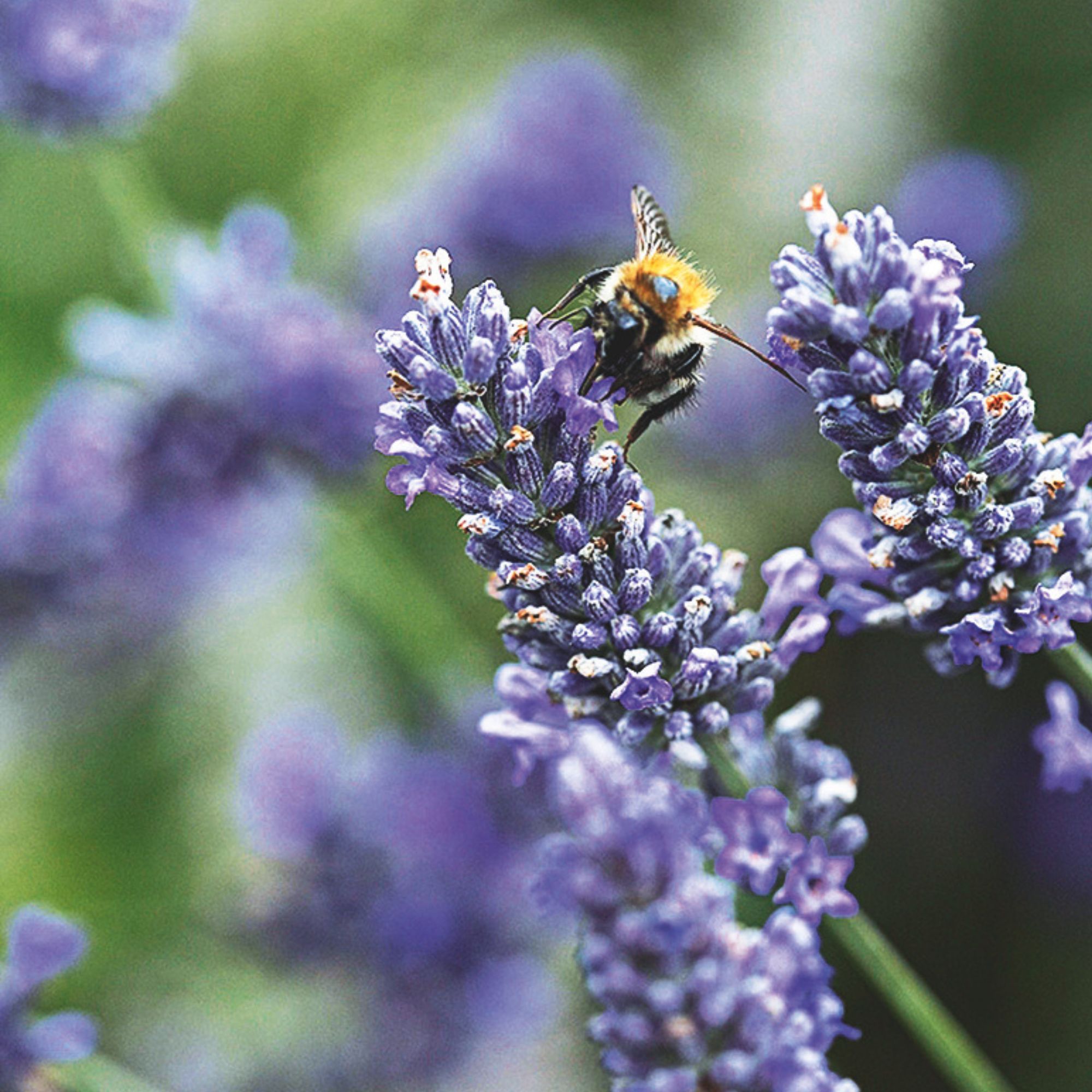 Bees love these two flower colours say gardening experts – plant these blooms to do your bit for pollinators
Bees love these two flower colours say gardening experts – plant these blooms to do your bit for pollinatorsWant to attract more bees? Experts say these two flower colours are the secret…
By Kayleigh Dray
-
 Is banquette seating replacing the kitchen island? Here's why this café-inspired look is trending in 2025
Is banquette seating replacing the kitchen island? Here's why this café-inspired look is trending in 2025The whole family will be fighting for the bench seat
By Holly Cockburn
-
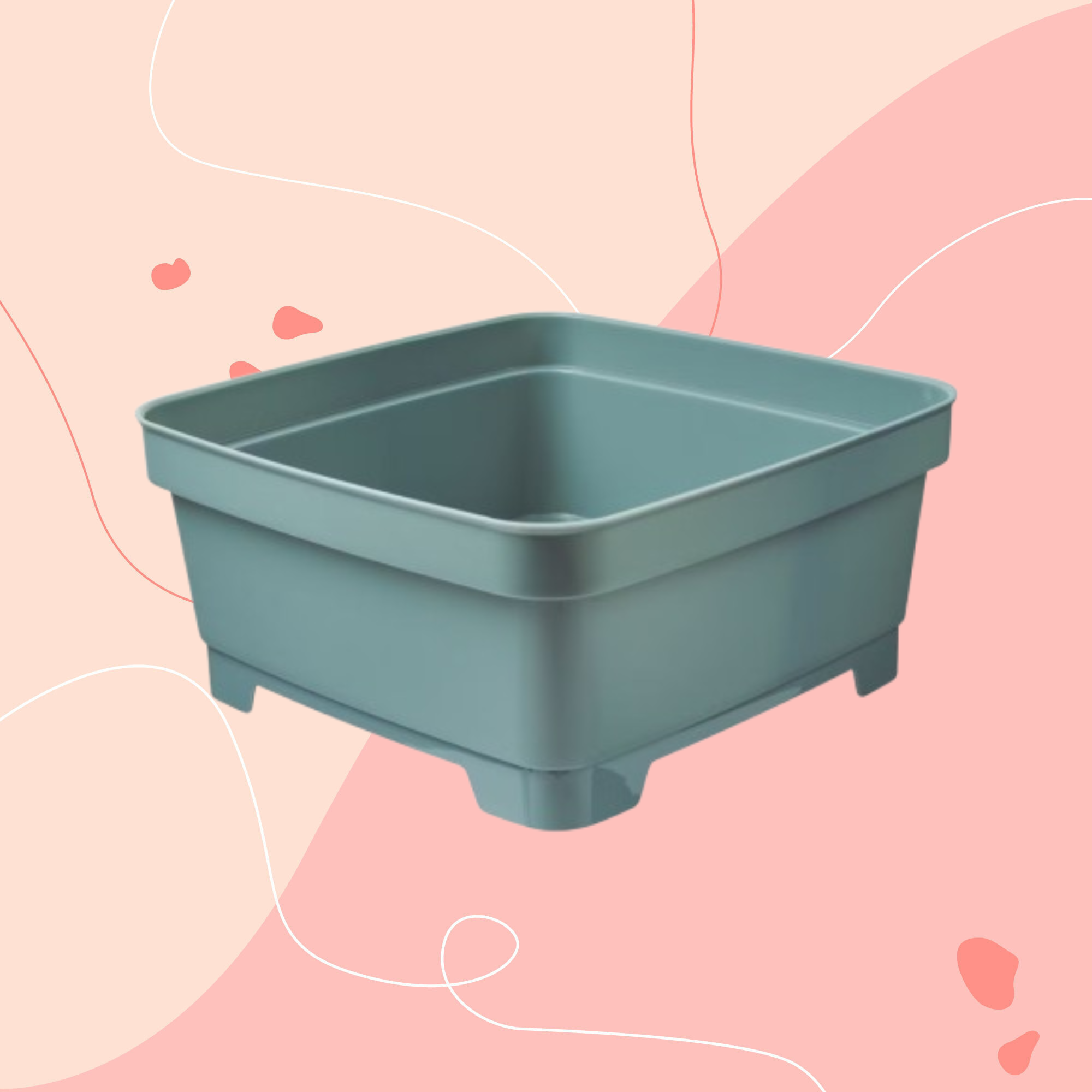 Aldi is releasing a budget alternative to the cult Joseph Joseph washing up bowl – it’s just £4.99
Aldi is releasing a budget alternative to the cult Joseph Joseph washing up bowl – it’s just £4.99The Joseph Joseph washing up bowl is an Ideal Home favourite - now we can't wait to try Aldi's alternative
By Kezia Reynolds
